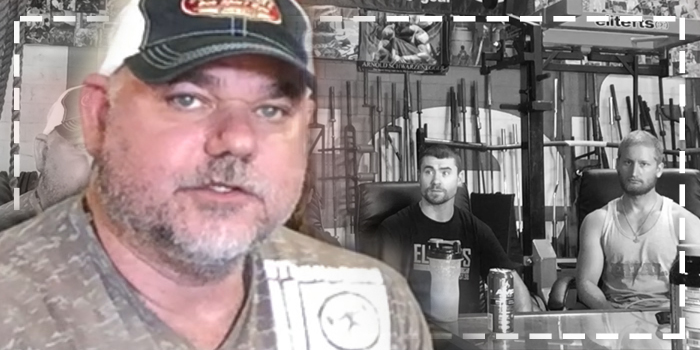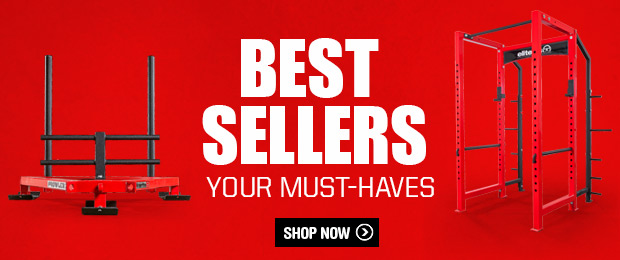
Of all the ways elitefts tries to embody Live, Learn, and Pass On, our in-office relationships . If we can't make each other better, the individuals we spend more than 50 hours per week with, how will we have an impact on people we are only able to spend short periods of time with?
Starting what will evolve into a regular sit-down with Dave Tate, three of our current elitefts interns sat down with the elitefts president to discuss strength training. Here are the lessons that Andrew Triana, Codi Casper, and Andy Hingsbergen were able to pick from Dave's mind this week.
Andrew
I took a lot away from the interview on weak points with Dave. Weak point training is something that has been getting a lot more attention recently in powerlifting especially. There have been numerous recent publications and ideas on fixing the weak point in a lift, however, all seem to be viewing it through the same lens. Everyone is essentially spending more time in the sticking point in the hopes that the body will just respond to the stimulus and something will magically change.
It was refreshing to hear Dave speak about weak point training. He defined mini maxes and why it is a more applicable term than weak point. He identified three different factors that may be causing the weak point and how each can be fixed. Dave implores you to think objectively about your weak point and to do what you can to pin point the issue. This involves paying close attention to your programming, having good training partners, and being open minded to things that may help you. He outlines the proper time and place for all of this and how to approach it. Unbiasedly, Dave has clearly put more thought and time into his approach on weak point training than others I have heard speak on the topic.
Codi
Listening to Dave on Tuesday was a great experience. The topic was weak point training and how to overcome your mental blocks with injuries and weak points. I found it very interesting learning about the mental aspect to training with injuries or training to improve a lifter’s weak points. A lot of people might know all the physical demands a powerlifter goes through in training weak points, but I feel people don’t realize the mental toll a powerlifter goes through when training with an injury or training weak points.
As Dave said in the video, a lifter must break through the mental boundaries and not get caught up in what the lifter keeps doing wrong, but what the lifter should be doing to correct their weak points. Mentally, training with injuries one must block out all the crap and simply listen to their body on how hard to push themselves. As lifters we know you’re not going to feel good after a lift due to pushing our bodies to the brink it just comes with the territory, but when facing with a nagging injury you have to know when your body gives you warning signs of possible re-injury.
I feel these Q&A sessions with Dave are beneficial not only to myself and the other interns, but to everyone else out there who want their questions answered on certain training topics, but can’t speak their minds to Dave. We are the voice of the people. Much will be learned in the conversations to follow.
Andy
- When it comes to weakpoints, people want a clear-cut answer to fix it without really investigating the contributing factors. In order to be a better competitor, you need to develop an ability to remove yourself from a confusing situation and address every possible factor that could be involved in the issue. Treat the issue like a mini-max and plan to attack the issue like any regular max. Sure, you can rely on tried-and-true programs that might get you over the hump you’re currently experiencing, but what will happen when you hit it again with heavier weight? Will you know how to handle it? Approach your weakpoints with an open mind, don’t be afraid to get a second opinion, and don’t let your “hardcore” attitude direct your decision.
- Injuring yourself is never fun, but in physique sports it isn’t usually a career-ending mishap. Thankfully, there are always options to stimulate muscle in different and safer ways. Also keep in mind, training should always be fun, even if injured. If you’re not enjoying your training, then you need to address why you’re really doing it.
The video is well worth the watch. Dave Tate has spent his whole like perfecting his craft, being surrounded by people of similar interests, and expanding his education in the world of fitness. The information is absolutely invaluable.
elitefts Intern Log
Dave Tate's Training Log









